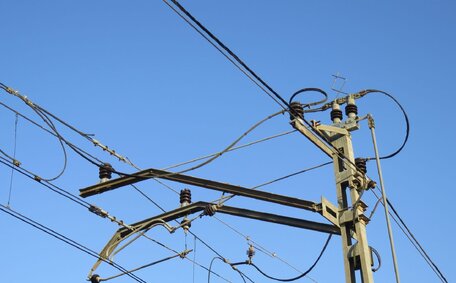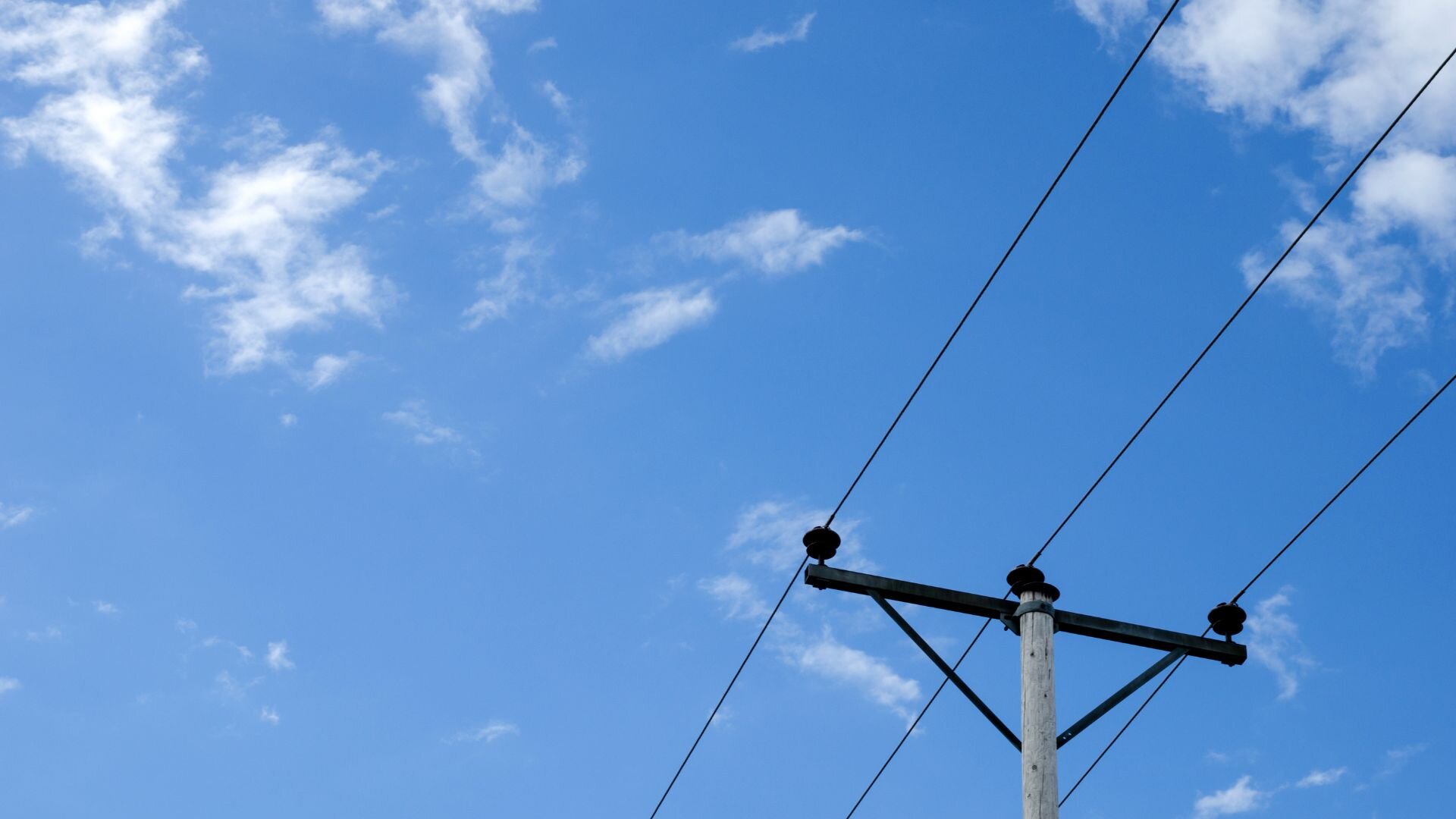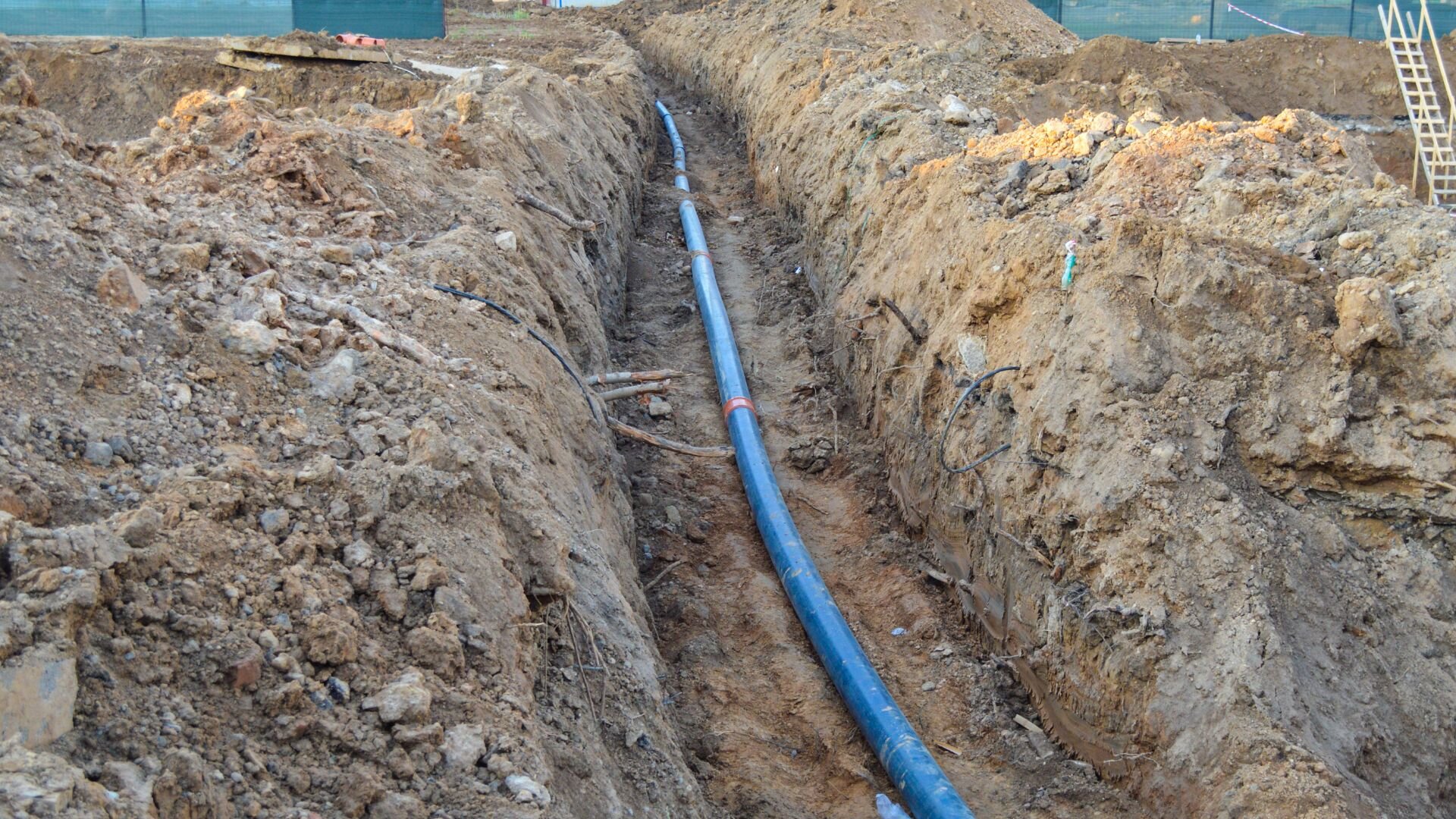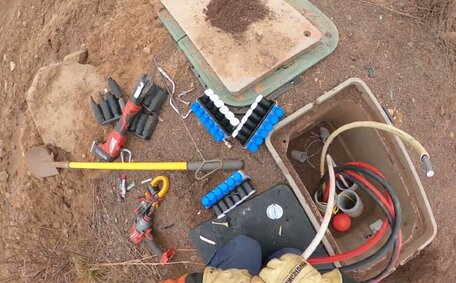
Upgrading Overhead Service Lines
Upgrading overhead service lines is essential for maintaining a safe and reliable power supply. This guide explores the process, benefits, and key considerations to ensure a successful upgrade project.
Read MoreA study by Curtin and the University of Queensland reveals a tricky balance in expanding Australia’s power grid for renewables. While underground lines bring aesthetic and environmental perks, their hefty price tag compared to traditional overhead lines generates much discussion.
With the grid expanding to embrace renewable energy, one big question stands out: Should power lines go overhead or underground? It’s all about finding the balance between safety, reliability, and costs. Choosing wisely means our electricity flows smoothly and safely, without costing a fortune.
Overhead service lines are like the backbone of electricity transmission. They’re those cables you see stretching between tall towers or poles, moving electricity across long distances. Historically, they’ve been popular because they’re easy to install and cost less upfront.
Usually made from aluminium for its light weight and conductivity or copper for its superior efficiency over shorter distances, these lines transport electricity across both vast landscapes and bustling city areas. In rural regions, they deliver power to far-flung farms and communities. In cities, they extend from main lines, providing electricity to homes and businesses.

Overhead lines boast several advantages. Their lower installation costs make them an attractive choice for initial grid development. Since they’re readily accessible, repairs and maintenance are simpler and quicker, minimising downtime.
Moreover, overhead lines are less prone to flooding damage than underground cables. Spotting damage is also simpler since lines are plainly visible for inspection.
Overhead lines have their downsides, though. They’re prone to harsh weather, like storms and strong winds, which might lead to power outages. Plus, their visibility can disrupt the landscape, raising aesthetic concerns.
They’re also more susceptible to damage from external factors like tree branches or animals coming into contact with the lines, leading to potential safety hazards and power disruptions.
Underground service lines, unlike their overhead counterparts, run beneath the surface, typically buried in trenches. Insulated cables, often made of similar materials like aluminium or copper, carry electricity through these lines.
This method is particularly common in urban developments and high-density areas where a web of overhead lines would be visually unappealing and pose safety risks in densely populated spaces.

Underground lines provide a cleaner aesthetic, eliminating the visual clutter of overhead wires. Crucially, they’re less vulnerable to weather disruptions like storms and high winds, leading to fewer power outages.
The risk of accidental damage from vehicles, falling objects, or even animals is also significantly reduced. Most importantly, underground lines minimise the risk of contact with live wires, enhancing overall safety.
However, underground lines come with their own set of drawbacks. The initial installation cost is significantly higher compared to overhead lines due to trenching and cable laying.
Repair times can also be longer as locating faults underground requires specialised equipment and procedures. Additionally, ground movement can damage underground cables, and repairs often necessitate disrupting the very surfaces they’re meant to protect.
Choosing between overhead and underground power lines hinges on a complex interplay of cost, maintenance, reliability, and safety.
Overhead lines are the clear winner in terms of upfront costs and ease of maintenance. Their accessibility allows for quicker repairs, minimising downtime. They also fare better in floods where underground cables can be compromised. However, their vulnerability to weather events like storms can lead to frequent outages. Additionally, their visual impact can be disruptive, and they’re more susceptible to damage from external factors.
Underground lines provide a visually appealing solution with excellent resilience to severe weather. They’re also safer due to less risk of accidental contact. However, the installation costs start high, and repairs can drag on and disrupt the area because of necessary excavation work.
So, which takes the crown? In less crowded rural areas, overhead lines often make a more budget-friendly choice. Alternatively, in bustling urban settings, underground lines, though pricier, deliver a safer and visually pleasing solution.
Ultimately, the best choice considers both short-term costs and long-term reliability, factoring in the specific environment and priorities of the area.
The study from Curtin University and the University of Queensland highlights the importance of a balanced approach. Underground lines offer environmental and visual perks, but their high costs remain a hurdle. Property owners should think about future-proofing. In areas with strict visual rules or those on the brink of development, choosing underground lines can be a smart long-term move, possibly boosting property values.
In the end, there’s no blanket solution to the overhead vs. underground power line debate. Picking the best option requires weighing up things like your budget, the environment, likely weather conditions, and future development. While each has its perks, a middle-ground approach is becoming popular, playing to the strengths of both.
For expert guidance in navigating this decision and ensuring the best solution for your property, reach out to experienced electricians. Bright Force Electrical, a trusted provider of Level 2 electrician services, offers expertise in both overhead and underground service line installations. Call Bright Force Electrical today for a personalised consultation and reliable solutions tailored to your specific needs, ensuring a brighter electrical future for your property.
There’s no one-size-fits-all answer. Both overhead and underground lines have pros and cons. The best option depends on factors like cost, your environment, and desired aesthetics.
Overhead lines are the familiar wires strung between poles. Underground lines are electrical cables buried beneath the ground.
Overhead lines are typically much cheaper to install and maintain compared to underground lines.
Underground lines are generally less susceptible to outages caused by weather events like storms and falling objects.
Overhead lines can be visually obtrusive, while underground lines have a minimal visual impact.
Consulting with a qualified electrician is the best way to determine the most suitable service line option for your specific situation and needs.
Did you enjoy reading our article “Overhead vs. Underground Service Lines”? We have many related articles you may also be interested in reading, like the below:
Upgrading overhead service lines is essential for maintaining a safe and reliable power supply. This guide explores the process, benefits, and key considerations to ensure a successful upgrade project.
Read MoreWhen it comes to power infrastructure, durability matters. this blog breaks down how long underground and overhead lines really last, exploring the impact of weather, maintenance, and installation methods. Find out which option offers greater reliability over time, and why the answer isn’t as obviou
Read MoreBefore you lift a shovel, it’s crucial to know what lies beneath. From gas and water mains to electrical and internet cables, Australia’s underground is packed with critical infrastructure. This guide walks you through how to locate these services safely, who to contact, and the tools available.
Read MoreWe will call back as soon as possible.



